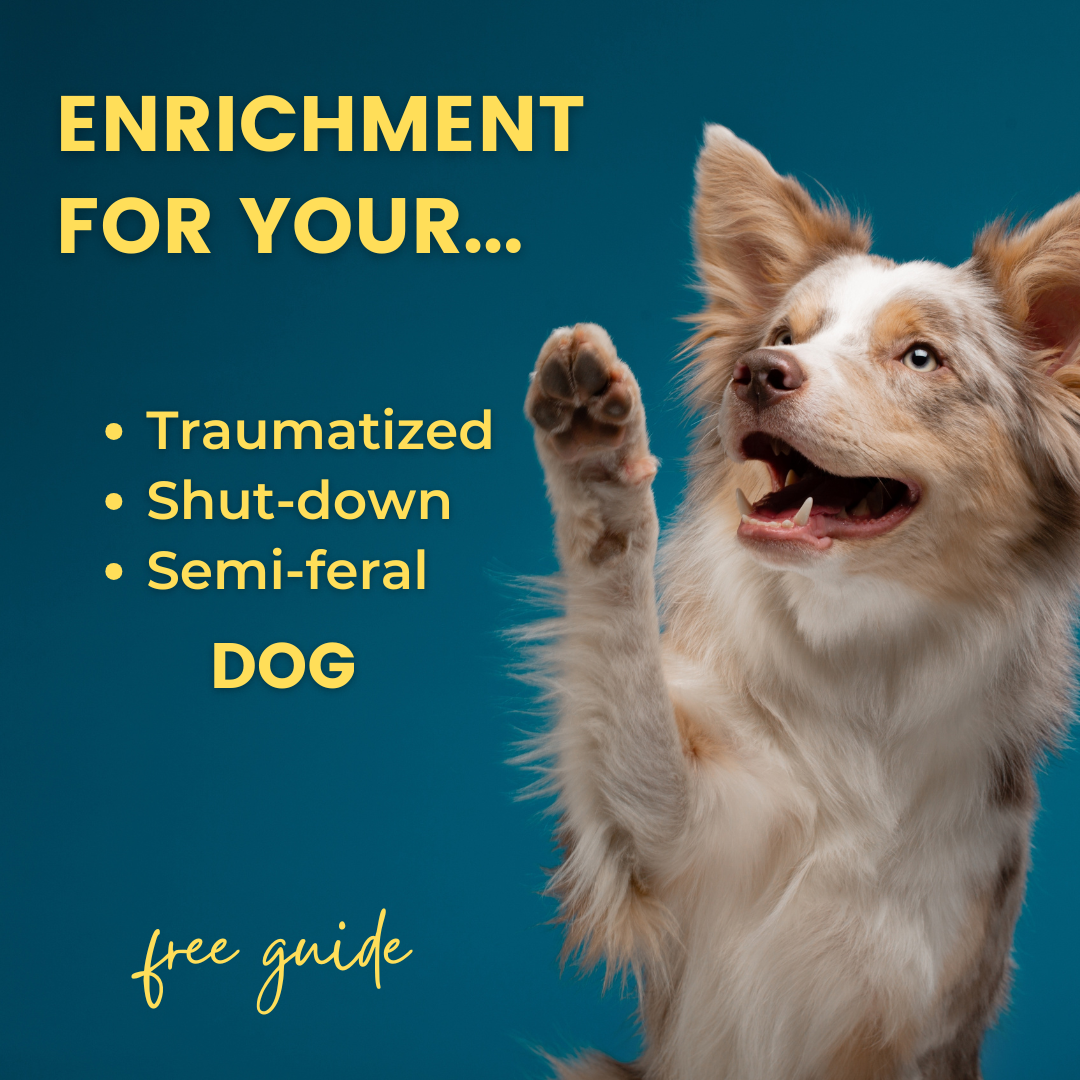Vet Care And Grooming For Fearful Dogs: Minimizing Stress
May 01, 2023
Often our dogs need veterinary care and grooming, before we've trained them to be comfortable with being handled by strangers (or even by us!). How can we make needed care as minimally traumatic as possible?
Here are four tips for reducing the stress associated with vet visits and grooming. There might be no way to make these experiences pleasant for your dog, but that doesn't mean we can't make them a little less stressful.
Tip #1: Prioritize And Plan
Meet with your vet to discuss what HAS to be done now, and what can wait until you've had more time to train and test out anti-anxiety medications that could be given prior to a vet visit. If there is something that has to be done now, talk to your vet about how much can be done during a single visit (including vaccines or procedures that aren't quite due but are upcoming.) This can allow you to reduce the total number of visits to the vet clinic.
Tip #2: Brainstorm Less Invasive Options
Discuss your dog's fears with your vet, groomer, and trainer. If there's something that really can't wait (or that soon will become critical), is there more than one way to get it done? For example, if your dog needs their nails trimmed soon, you have several options. Relatively low-stress methods include encouraging your dog to walk on abrasive surfaces at home, training them to to scratch a nail board, or asking the vet to trim your dog's nails while they are sedated for another necessary procedure. (See this previous blog on nail care for dogs who can't be touched.) A high stress option would involve the vet or a groomer forcefully restraining your dog to clip their nails.
Tip #3: Discuss And Test Pre-Visit Medications
Talk to your vet about medications you could give at home, prior to a veterinary or grooming visit, that might help your dog feel less anxious. There are often several options, so make sure to talk with your vet well ahead of time so you have enough time to pick up the medications, and test them at home before you need them. You don't want the first time you give the dog a medication to be right before a vet visit.
Tip #4: Discuss Sedation With Your Vet
There is only so much that orally administered pre-visit medications can do for your dog. To truly knock them out, your vet will have to give them something when they arrive at the clinic, often via injection. With our dog Pancake, we give him extra anti-anxiety medications at home prior to a vet visit. When he arrives at the clinic, the vet immediately gives him an injection that quickly sedates him. Then everything he needs can be done while he is asleep.
Talk with your vet about the possibility of sedating your dog for any procedures at the clinic. As discussed earlier, you may then be able to "batch" your veterinary care, getting everything necessary in the next, say, 6 months or a year, done in a single visit while your dog is under.
If these tips helped you survive a vet visit with your fearful dog, or if you have other strategies you find helpful, we'd like to hear from you! You can comment below this blog, shoot us an email ([email protected]), or message us on Facebook or Instagram.



